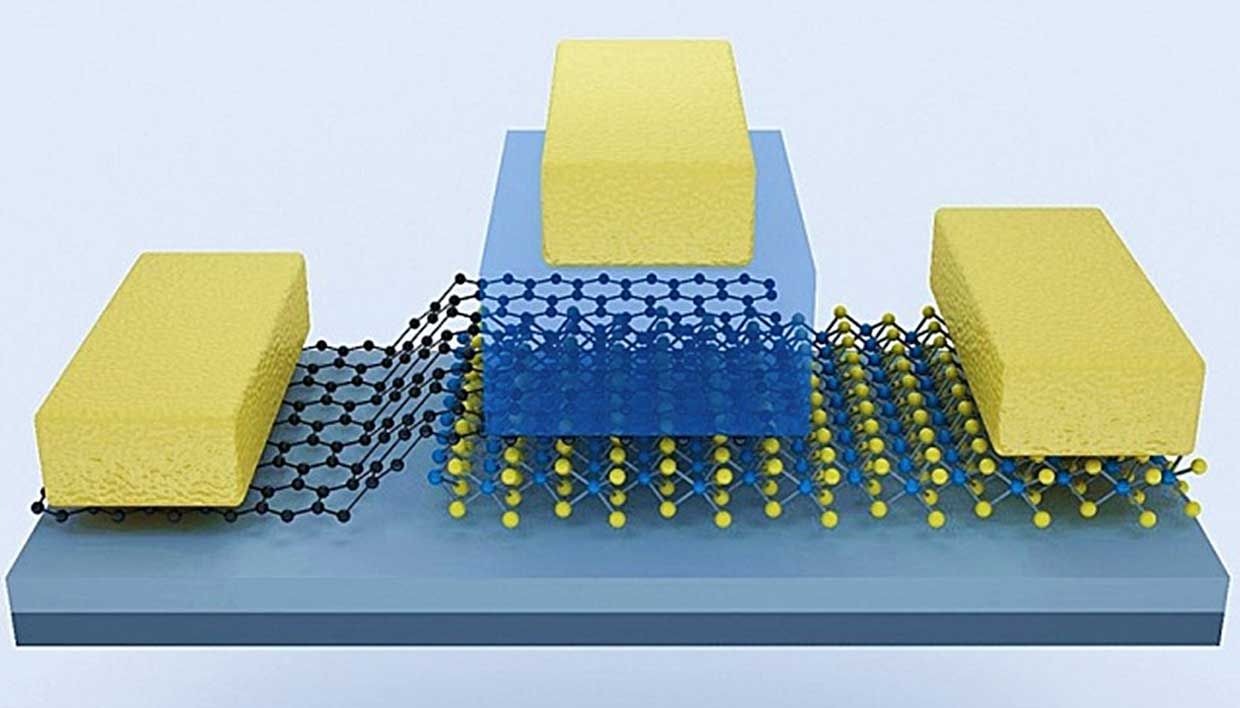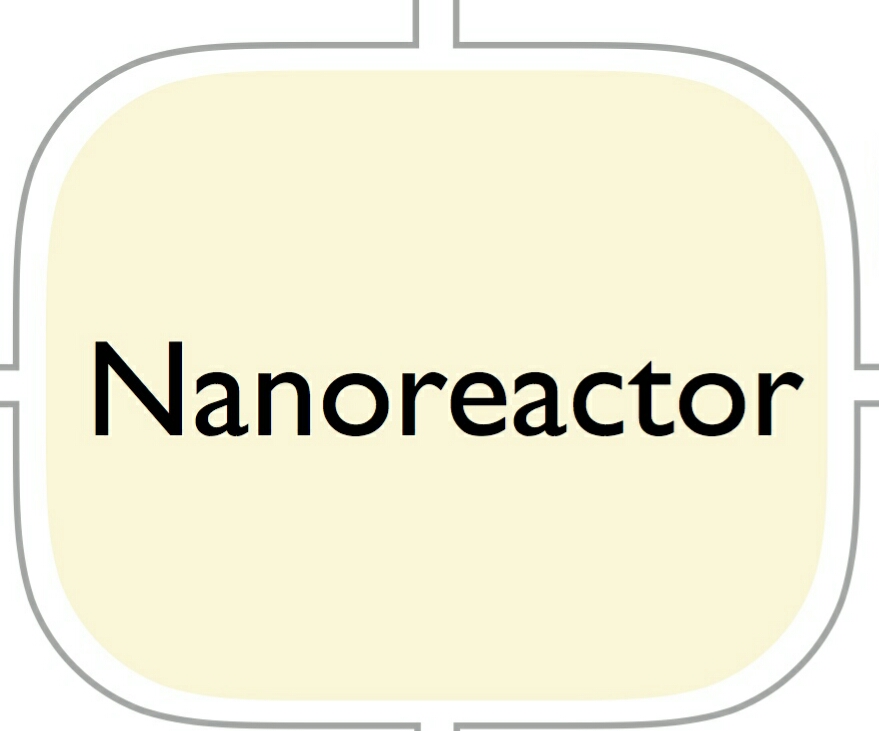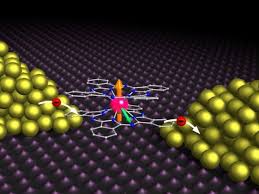_ Nanoreactors and (nanostructures) section
( Nano reactors) and electronic quantity nanoparticles (more readily available)
Researcher and Author: Dr. ( Afshin Rashid)
_sph0.gif)
_sph0.gif)
Note: In nanotechnology, changes in the distance between the atoms of particles and the geometry of the particles also affect the electronic properties of the material. When the particle size is reduced, the electrical bonds in metals become finer.
In the structure of nanoparticles, the electronic quantity that is more easily accessible is the ionization potential. The ionization potential is higher for small grains (smaller particles), meaning that as the particle size increases, their ionization potential decreases. Increasing the surface-to- volume ratio and changes in the geometry and electronic structure have a strong effect on the chemical interactions of the material. For example, the activity of small particles changes with changes in the number of atoms (and consequently the particle size).
How to produce and propagate nanoparticles and electronic properties:
In general, chemical reactions to produce materials can take place in any of the solid, liquid, or gas states. The common method for producing materials in solids is to increase the contact surface area by crushing the particles and then to increase the rate of diffusion of atoms and ions, this mixture is further increased at high temperatures. In chemistry, the substances with which chemical reactions begin are called reactants and the substances into which the reactants are converted during the reaction are called products. Reactants can be solids, liquids, or gases. In addition, reactants can be either independent elements themselves or can be in the form of multicomponent compounds. Multicomponent compounds are usually called precursors.
Note: Many methods have been developed to produce nanoparticles or nanostructured particles, including vapor, liquid, and solid state processes.
(Conclusion) of nanoparticles and electronic properties
One of the important properties of nanoparticles is their high surface area-to-volume ratio. This property can be used to produce powerful catalysts in nanometer dimensions. These nanocatalysts greatly increase the efficiency of chemical reactions and also significantly prevent the production of waste products in the reactions. Using nanoparticles in the production of other materials can increase their strength or reduce their weight, increase their chemical and thermal resistance , and change their reaction to light and other radiation. So the first application that can be imagined for nanoparticles is the use of these materials in the production of nanocomposites. By using nanoparticles, the strength-to-weight ratio of composite materials will increase greatly.
Researcher and Author: Dr. ( Afshin Rashid)
Specialized PhD in Nano-Microelectronics






